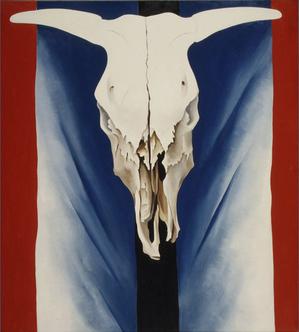As time passes by and many great
artists come and go, their legacy still lives on through their artwork.
Apparently, this legacy can be so powerful that people are willing to give away
their hard earned money for a single piece of art. To some, this might seem
like a waste of money, but to others, it could be considered as a great
investment. Both sides have a point, but it all boils down to what kind of
person it is. Someone may love art, a type of art, or specific artist, while on
the other hand people could just care less.
Recently,
a triptych by Francis Bacon titled “Three Studies of Lucian Freud” was sold at
auction for $142.4 million. Now, Francis Bacon is the artist to beat when it
comes to money in exchange for art, because his artwork now holds the title of
“most expensive work of art ever sold at auction.” It was said that after the
approximate ten minutes of bidding, the room filled with dealers, art
collectors, art lovers and more applauded for both the triptych and the winner.

In
my opinion, the triptych gives me mixed feelings. The colors that were used go
very well together and give an overall warm look. Though there are subtle
differences within each separate piece (mostly the positioning), they seem to be
too similar to really catch my eye. Not knowing much about triptychs, that
might just be what it is supposed to convey to the viewer. Though a love art, I
could not see this piece being sold for the highest price ever, but that may be
for a few different reasons. Not really knowing too much about this form of
art, Francis Bacon or Lucian Freud could have an impact on the way I respond.
In
the year of 2002, a painting by Peter Paul Rubens titled “Massacre Of The
Innocents” was sold for an amazing $76.7 million. This is a wonderful piece of
art, maybe not in the feeling or story that it conveys, but within the painting
itself. The way that the men, women and children are portrayed through the
forms that they create as well as the shadows and facial expressions just give
this piece a very clear relationship to its name. Even though the forms,
figures, shadows and more are painted to perfection, there is still that very
repulsive feeling that comes across to the viewer. From the infants lying
discolored and lifeless on the ground, to the nails of a woman penetrating the
skin of a man, this painting gets its message across quite clearly.
















